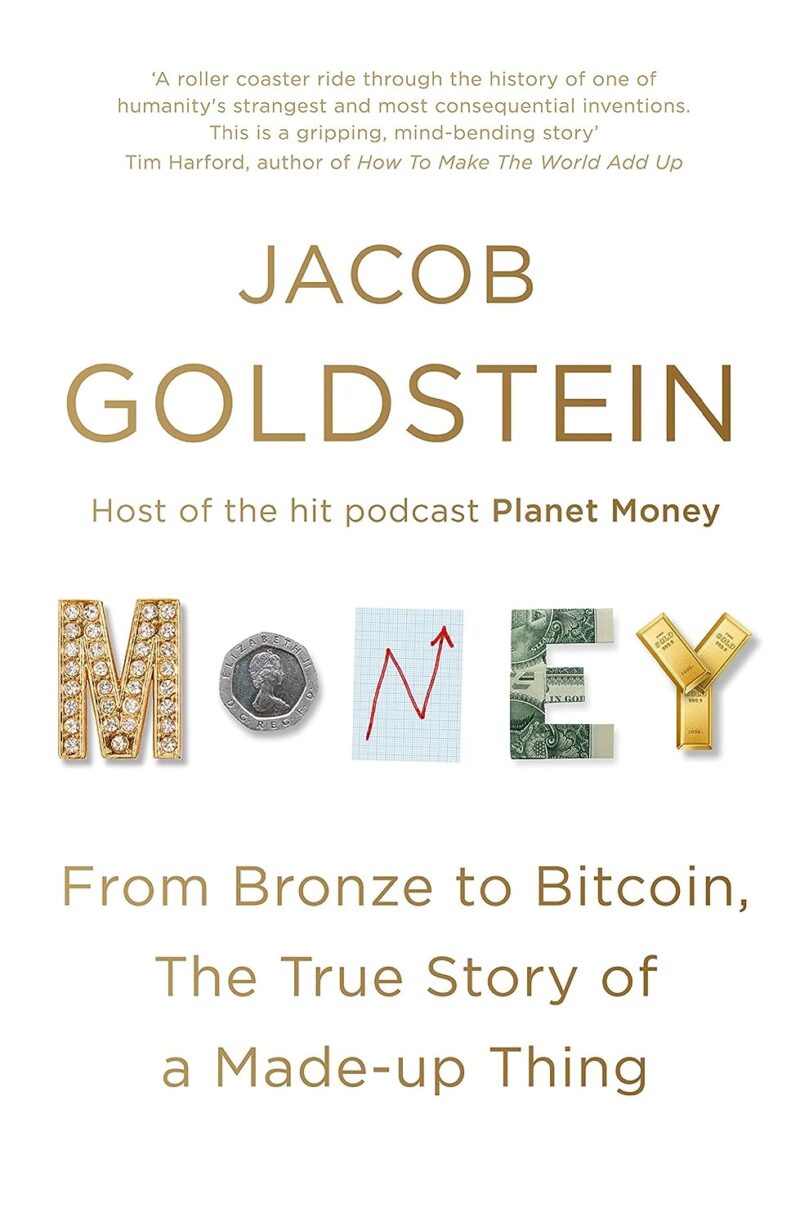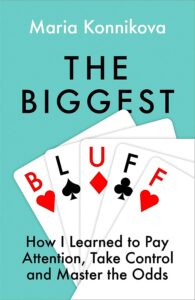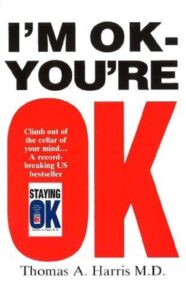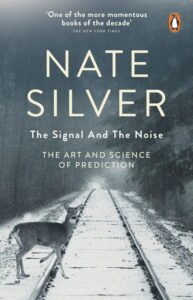Decoding Money: A Journey Through Its Evolution and Impact
"Money: The True Story of a Made-Up Thing" explores the evolution, complexities, and societal impact of money, blending history with personal anecdotes.
Subjects: Money
In the vast literary landscape exploring the intricacies of finance and economics, few books manage to strike a chord that resonates both with seasoned economists and curious laymen. “Money: The True Story of a Made-Up Thing” is one such rarity. This book doesn’t just narrate the history of money; it delves into the very essence of what money represents, its societal implications, and its ever-evolving nature. As we embark on this review, we’ll uncover the layers of insights the author presents, blending historical context with personal anecdotes, making the complex world of finance both relatable and profoundly enlightening. Let’s dive into a narrative that challenges our understanding of the most ubiquitous element of modern society: money.
Me: Hey, Alex, Jamie, Sam! I’ve just wrapped up this enlightening book, “Money: The True Story of a Made-Up Thing.” It’s a deep dive into the world of money, and I think you all would find it captivating.
Alex: Oh? What’s the main theme?
Me: It starts by drawing parallels between mortality rates in ancient London and Dublin and the concept of wealth. The author seems to suggest, “Life was unpredictable and fleeting, and so was the value and concept of money.” It’s a profound introduction, setting the stage for the deeper explorations that follow.
Jamie: Sounds intriguing. How does it trace the evolution of money?
Me: There’s a chapter, “Everybody Can Have More Money,” that’s truly insightful. The author uses the evolution of lighting as an analogy for economic growth. Picture a world transitioning from near-total darkness to abundant light. Similarly, we moved from financial scarcity to potential abundance. But here’s the catch: not everyone gets to enjoy that abundance, much like not everyone had access to light immediately.
Sam: That’s a vivid analogy. With the recent financial downturns, does the author delve into the modern challenges?
Me: Absolutely, Sam! The author doesn’t just skim the surface by blaming bad mortgages. They delve into the lesser-known banking systems, the rise of unconventional forms of money, and how these elements played a significant role in the global economic meltdown. It’s like piecing together a financial jigsaw puzzle, revealing a bigger, more complex picture.
Alex: With the rise of cryptocurrencies, does the book touch upon digital currencies?
Me: Spot on, Alex! There’s a dedicated chapter on the dream and reality of digital cash. The author contrasts the tangible, anonymous nature of physical cash with the traceable, transparent nature of digital transactions. It’s a deep dive into the balance between privacy, transparency, and the conveniences of the digital age.
Jamie: Sounds comprehensive. Does the author weave in any personal experiences?
Me: Yes, Jamie, and that’s what makes it so relatable! The author shares personal anecdotes, like a dinner conversation that shifted their entire perspective on money. It feels like you’re part of an intimate conversation, discussing the intricacies of money over a cup of coffee.
Sam: Given the complexities of the financial world, does the author offer any solutions or insights for the future?
Me: Great question, Sam! While the book is more of an exploration than a guidebook, the author does touch upon the challenges and potential solutions for the future, especially in the realm of digital currencies. It’s a thought-provoking look at where we’ve been, where we are, and where we might be headed in the world of finance.
Alex: Sounds like a must-read!
Me: It truly is! It’s a journey through time, cultures, personal experiences, and the ever-evolving landscape of finance. A treasure trove of insights for anyone curious about the intricate dance of money through the ages.




